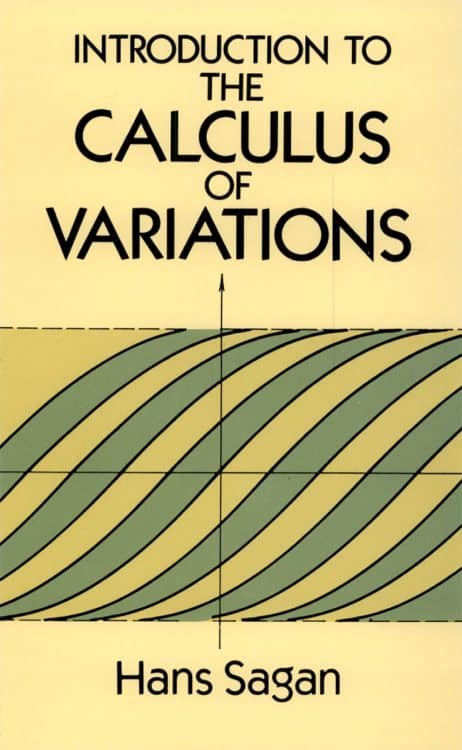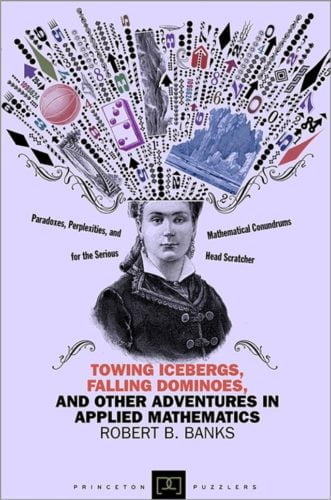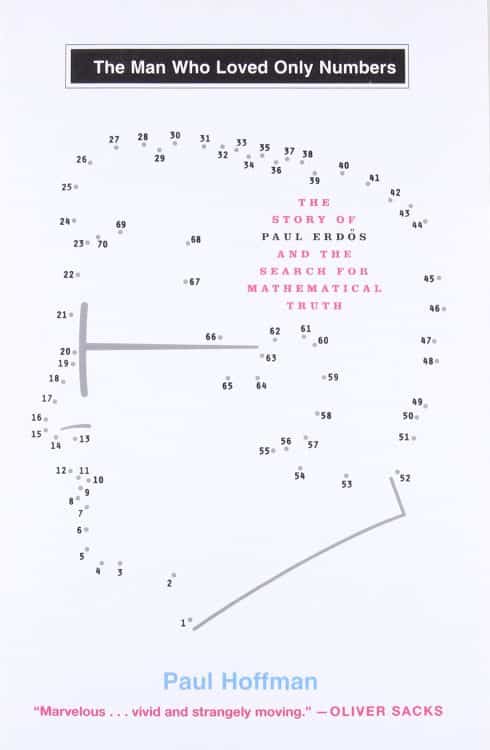Get ready to uncover a surprising and controversial theory about the famous Pythagorean Theorem with this beautifully written book, Was Pythagoras Chinese? While we commonly attribute this mathematical discovery to the Greek mathematician Pythagoras, there is evidence suggesting that a similar theorem was known in ancient China long before Pythagoras’ time.
In this thought-provoking monograph, Was Pythagoras Chinese?, the authors delve into the historical texts of ancient Chinese mathematics to investigate the origins of the Pythagorean Theorem. They challenge the notion that Pythagoras was the sole genius behind this theorem, highlighting the collaborative nature of mathematical discoveries throughout history.
Drawing parallels to other mathematical breakthroughs like the “Pascal Triangle” method and the root extraction algorithm credited to W. G. Homer, the authors make a compelling case for considering alternate origins of the Pythagorean Theorem.
Join the authors as they examines this fascinating evidence and explore the connections between ancient Greek and Chinese mathematics. This joint publication by the Penn State Press and the National Council of Teachers of Mathematics promises to shed new light on a longstanding mathematical mystery.
















